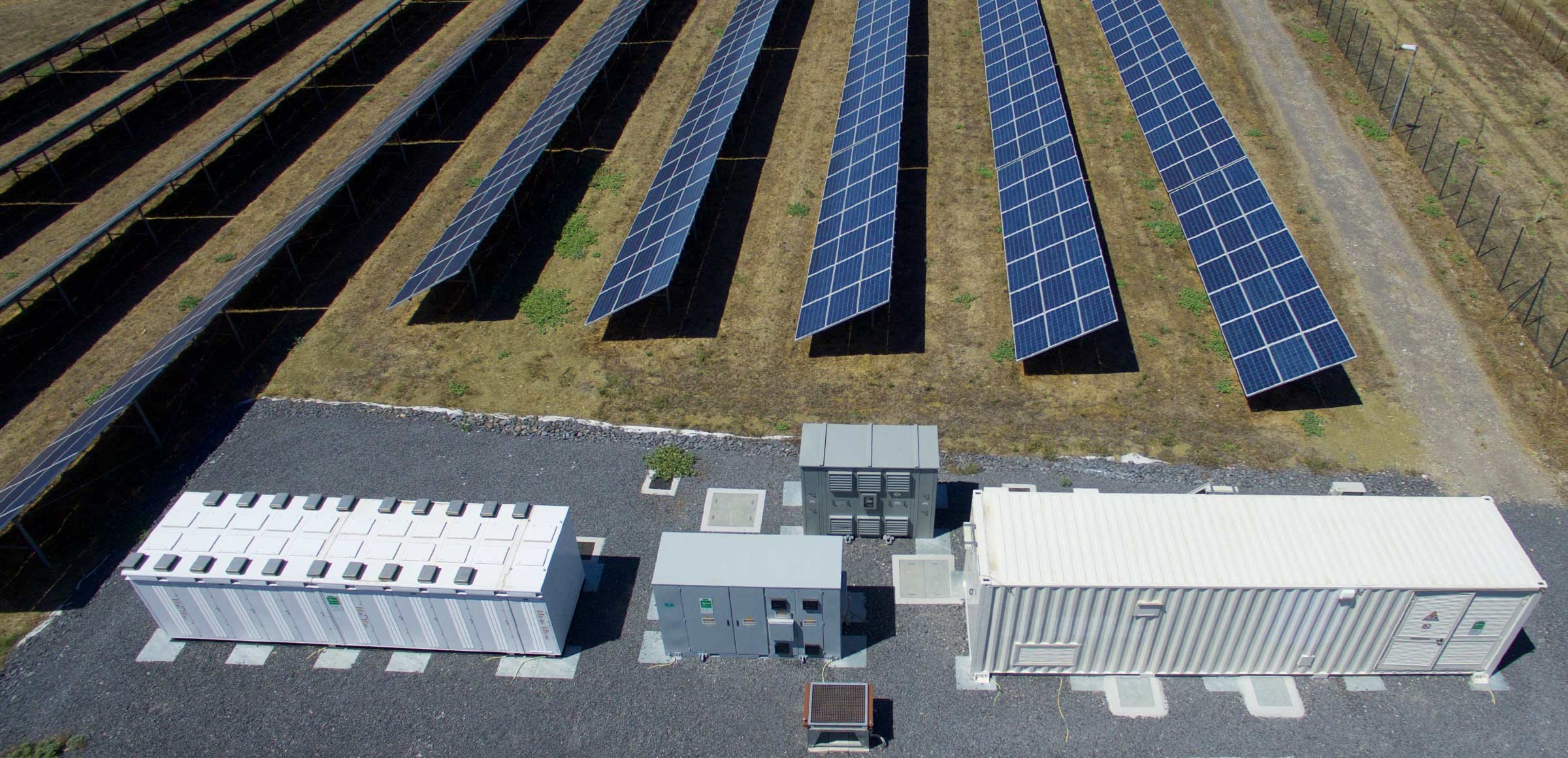Illinois’ Indexed Storage Credit: A Model for Stable, Scalable Clean Energy — and What New York Can Learn
Source: Enel Green Power
Utility-scale energy storage in Illinois is entering a transformative era with the introduction of the Indexed Storage Credit (ISC) — a mechanism that’s reshaping how large-scale battery projects are financed and deployed. This innovative structure not only supports developers by stabilizing revenue but also creates new opportunities for landowners to lease property for clean energy projects.
How Illinois’ Indexed Storage Credit Works
The ISC model operates as a contract-for-difference (CfD) system. Developers bid a “strike price” for the energy storage capacity they plan to bring online. If actual market revenues fall below this strike price, the state pays the difference — guaranteeing a minimum level of income. Conversely, when revenues exceed the strike price, developers return a portion of the profits to the state.
This approach mitigates revenue volatility, one of the largest hurdles in financing storage projects. By ensuring predictable cash flows, the ISC helps unlock private investment and accelerate deployment of utility-scale battery energy storage systems (BESS) across Illinois.
The Illinois Power Agency (IPA) plans to procure up to 1,500 MW of standalone storage, a massive leap forward for grid flexibility and reliability. This commitment aligns with the state’s broader clean energy goals, complementing programs such as Illinois Shines and Illinois Solar for All — both aimed at democratizing access to renewable power.
Why New York Should Follow Illinois’ Lead
While Illinois has made headlines with its ISC model, New York is uniquely positioned to replicate and expand upon it. The Empire State’s ambitious target of 6 GW of energy storage by 2030 under the Climate Leadership and Community Protection Act (CLCPA) mirrors Illinois’ forward-thinking ambitions.
However, unlike Illinois, New York currently relies more heavily on market-based incentives and capacity payments, which can fluctuate with energy demand and wholesale market conditions. An ISC-style mechanism could help New York overcome this volatility by introducing price stability and predictable investment returns, making financing large storage projects more feasible for developers.
Here’s a quick comparison:
Feature Illinois (ISC Model) New York (Current Framework)
Mechanism Type Indexed Storage Credit(Contract-for-Difference) Market-based incentives and capacity payments
Revenue Stability High – developers guaranteed min. price support Moderate – depends on market conditions
Developer Risk Lower – predictable payments de-risk investment Higher – market volatility can affect project viability
Landowner Opportunities Project financing drives land demand Strong but limited by project financing uncertainty
Target Capacity 1,500 MW (standalone storage) 6,000 MW by 2030
Policy Goal Build grid resilience and attract private capital Scale renewable integration and reduce emissions
What This Means for Landowners
As Illinois’ ISC reduces risk and attracts more developers, demand for suitable land — particularly near substations and transmission lines — is rapidly increasing. Landowners can benefit by leasing property for storage installations, earning stable, long-term income from clean energy projects.
If New York were to adopt a similar structure, it could replicate this success. A steady pipeline of funded, de-risked projects would create more leasing opportunities for rural and suburban landowners, stimulate local economies, and support regional grid reliability.
Building the Future of Clean Energy
The ISC isn’t just a policy innovation — it’s a blueprint for sustainable market growth. By pairing financial predictability for developers with incentive-driven participation for landowners, Illinois is proving that smart regulation can unlock large-scale clean energy transformation.
As states like New York consider how to accelerate their clean energy transition, adopting an indexed, contract-for-difference approach could ensure that the benefits — from job creation to land income — are shared across communities.
Are you a landowner or an industrial roof owner? Join Telkes in leading the green energy revolution! Let us help you turn your property into a sustainable energy solution that benefits the planet. Visit Telkes today and discover how you can contribute to a cleaner future while maximizing your property's potential. Together, we can power a brighter, greener world!

